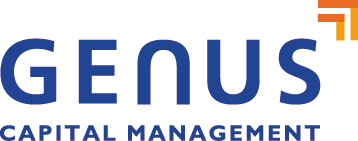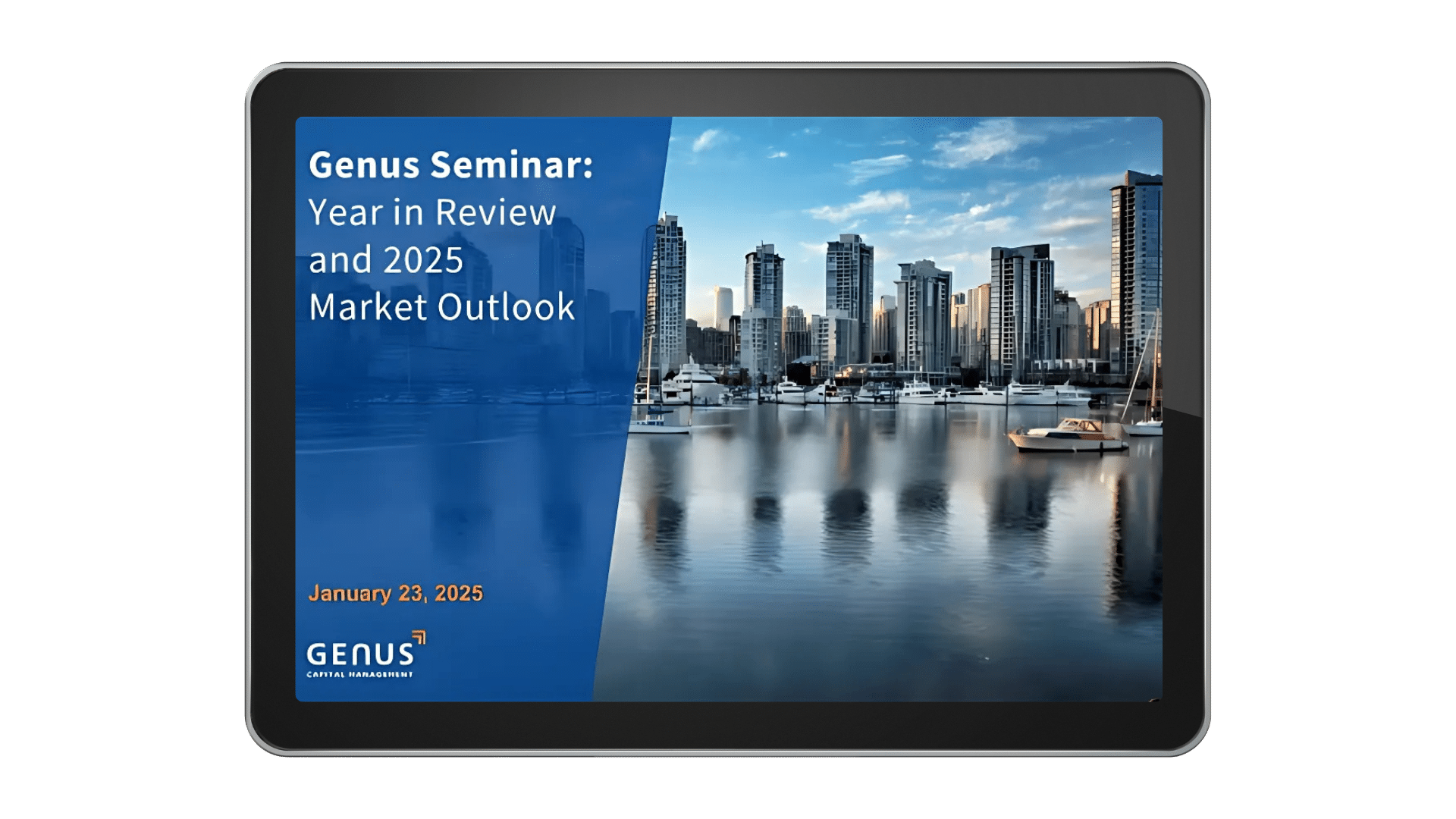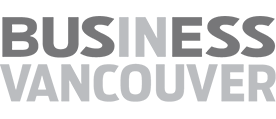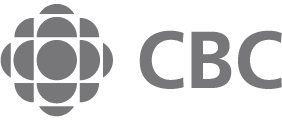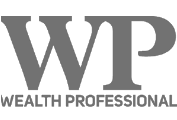Friday Market Insights – Markets will strengthen with economic growth and reopening, with Jill Bester and Justin Hahn
This week's questions
[00:00:19] : Why don’t we start off this week with what’s happened in the markets?
[00:01:40] : What could drive the market significantly higher from here for the rest of the year?
[00:02:22] : Let’s talk about momentum versus value. Can you explain to our clients what that means and how we reposition the portfolio?
[00:03:36] : Bonds are down three to six percent year to date. What do we think will happen from here and what are the biggest risks going forward in the fixed income market?
[00:05:36] : Freeland has announced that April 19th will be the budget after two years. Should be interesting to see the government’s fiscal policy moving forward. Do you have any thoughts or expectations there, Justin?
[00:06:19] : CP Rails is one of our holdings in our CanGlobe Fund, made the news this week with the acquisition of Kansas City Southern Rail. What are your thoughts on this acquisition for the company?
[00:07:30] : What exposure do we have in the AI and robotic sector, if any?
Jill Bester: [00:00:05] Welcome to Friday Market Insights. My name is Joe Bester and I’m an associate portfolio manager with Genus. And today I’m joined by Justin Hahn, who is our macro research analyst. Good morning, Justin.
Justin Hahn: [00:00:18] Morning, everyone.
Jill Bester: [00:00:19] Why don’t we start off this week with what’s happened in the markets?
Justin Hahn: [00:00:23] Yeah, so this week was a quiet week with a lot of the equities and bonds remaining relatively flat for the year. A lot of the movement, there was a lot of volatility earlier in the week, but in the end of the week, everything came back to where it was roughly at the start of the week. Biggest underperformer we saw was in the Russell two thousand index, which is the small cap index. And the biggest outperformer was actually in the foreign exchange with the US dollar raising rising one percent. All of this is due to the disparity between the US and the rest of the world in terms of the vaccine rollout. So there’s more optimism in the US, but come summertime, we believe there’s going to be an oversupply of vaccines which will help other countries out, especially in Europe and including Canada as well.
Jill Bester: [00:01:09] Right. Exciting news. Just this morning, Anita Anan, the minister for Women, announced that we would have six million additional vaccines in the next three to four weeks, which equals what we’ve had in the last three months together. And I know a lot of my clients have have had their shots this week and my parents are on the list. So it’s exciting and optimistic times ahead. One of our questions came in. Our clients obviously have seen some volatility in the past few weeks. What could drive the market significantly higher from here for the rest of the year? It’s a question that came in.
Justin Hahn: [00:01:47] So we believe that stronger economic growth, as well as the reopening of the economy and continued vaccine rollout will be the major players in terms of higher markets. There’s still a lot of pent up demand from the lack of spending that we saw in twenty twenty with bigger tax benefits for a lot of the consumers. So that’s going to help out once dichotomy reopens and travel and other activities resume again. In particular, we believe more of the value stocks and the economic recovery names continue to outperform this year, as it did earlier in the year.
Jill Bester: [00:02:21] All right, let’s talk about momentum versus value. Can you explain to our clients what that means and how we reposition the portfolio?
Justin Hahn: [00:02:30] Yeah, so momentum stocks are generally stocks that have done well for a certain period of time, usually a longer period of time. And in this case, it tends to be more of the covid winners, as we say, such as a lot of the technology names that we saw, such as Tesla, Tesla in particular, did extremely well into the recovery. And we actually have a blog post about it on our website and the impacts that they have had and the impact space as well that you can view. While on the other hand, we saw value stocks are more of the ones that underperformed and are trading at lower below their intrinsic value, whether from a price to book or a price to earnings standpoint. And a lot of these names are what we call the covid losers. They have their more of the economic sensitive names, such as the industrial sector or the material sector. And we have seen more of a rebound there. So we began to tilt more of our portfolio around the end of last year when the vaccine rollout was more evident. And we’ll continue to as long as we see more economic recovery momentum happening
Jill Bester: [00:03:34] Right on another front, bonds are down three to six percent year to date. What do we think will happen from here and what are the biggest risks going forward in the fixed income market?
Justin Hahn: [00:03:47] Yes, and with the recent movement upward movement in bond yields, we saw bonds return back to more of the pre covid ranges of about one point five to two percent for the US 10 year in particular. We expect interest rates in the shorter term in this year, probably maintain that range bound scenario. Currently, what was happening was the investors were more pricing in earlier rate hikes than expected. The current market is pricing in about the first rate hike to be in twenty twenty three versus the Fed US Federal Reserve, which has a dot plot which projects the first rate hike to be about twenty, twenty four. So they’re way more optimistic on when the first hike will be and the economic recovery compared to the Fed. And we think that they’re overestimating a bit and they’re underestimating the Fed’s abilities to be patient. Back in twenty eighteen, we saw the Fed US Federal Reserve raise rates four times and that was way too fast. So they had to halt and actually lower the rates soon after because they went too fast and were too aggressive with raising rates. And we think that the Fed has learned their lesson and will be more patient going forward. The biggest risk to current bond holders, obviously, is the inflation risk, because a higher inflation means that the US Federal Reserve worries that are interest rates, which will lead to higher rates and lower prices for bonds for current bond holders. And that’s the biggest risk we see. But again, as mentioned before, we believe the market is overpricing the rate hikes and underestimating the Fed’s ability to be patient. So the Fed has also come out and said that they’re are explicitly going to wait until inflation hits two percent for at least a few months and they have more confidence in order to raise rates.
Jill Bester: [00:05:35] Other news, obviously, Freeland has announced that April 19th will be the budget after two years. Should be interesting to see the government’s fiscal policy moving forward. Do you have any thoughts or expectations there, Justin?
Justin Hahn: [00:05:51] So regarding the fiscal budget, there’s obviously it was released, but we don’t know if they’re actually going to be approved or not. The biggest risk we see is the liberals not being able to get another party on board in order to approve it. And then that will lead to a snap election and more uncertainty for the markets. But we’re optimistic about it. But I guess just a wait and see moment now.
Jill Bester: [00:06:13] Right. Should interest in April, that’s for sure. On some other news, CP Rails is one of our holdings in our CanGlobe Fund and made the news this week with the acquisition of Kansas City Southern Rail. It is thought that this is a response to the pipelines being cancelled by Biden as an alternative to any energy transport route. What are your thoughts on this acquisition for the company?
Justin Hahn: [00:06:40] So we will view this acquisition as beneficial for CP Rail as a whole. It allows them to access more of a broader market in the US and transport the oil. They are one of the biggest oil transporters in Canada, so this will help them out, including this. They also have a big portion of transport for automobiles and the Kansas City Southern also connects the Midwest all the way down to Mexico, which is the current see us and a agreement that we have. And this is also beneficial from that front as well. Demand for railways are always high, especially in Canada and the US, and we believe that it will continue to remain high throughout the economic recovery taking place.
Jill Bester: [00:07:22] Right? Right. I’m just I’m just going to ask you one question that was posed to me by my client in regards to what exposure do we have in the AI and robotic sector, if any? Obviously, we have Tesla we’ve referenced and I know we have Microsoft. Where are we in that in that space?
Justin Hahn: [00:07:44] So in terms of direct exposures for companies that are doing direct A.I., we would be companies such as Microsoft and Video, which have direct exposures and more of the space. And we do own those stocks and see it as a growing space going forward. But a lot of the technology sector actually has a lot of built into it, you wouldn’t think. But a lot of social media companies, they have a lot of different machine learning techniques to predict what you will like or give you suggestions are also do targeted ads. So the world is turning into more of an age centric place. So no matter what you’re invested in, there’s probably some form of A.I. already in there.
Jill Bester: [00:08:27] Well, that’s great insight. I thank you again, Justin, for joining me today. I’d also like to thank our customers and our prospective customers for joining us. And we love your input. Please, if you have any questions, they ask a question button on the bottom of the list. We’ll try to get back to you as soon as we can. And we hope you are all staying well and safe and enjoy a beautiful weekend. Thanks for joining us.
Justin Hahn: [00:08:54] Thanks everyone.
